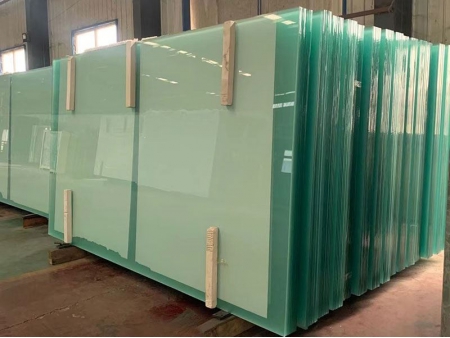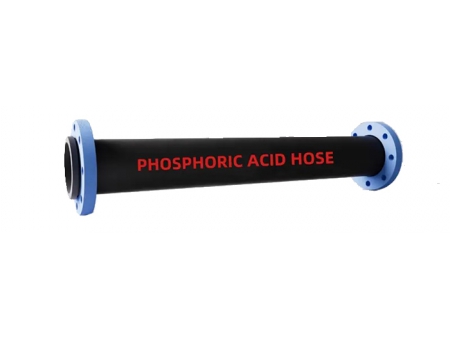Acetic Acid
Acetic acid, also known as ethanoic acid, is an organic chemical compound best recognized for giving vinegar its sour taste and pungent smell. It is one of the simplest carboxylic acids (the second-simplest, after formic acid) and has the chemical formula CH3COOH. In its pure, water-free state, called glacial acetic acid, it is a colorless, hygroscopic liquid that freezes below 16.7°C (62°F) to a colorless crystalline solid. It is corrosive, and its vapor irritates the eyes, produces a burning sensation in the nose, and can lead to a sore throat and lung congestion. The term acetate is used when referring to the carboxylate anion (CH3COO-) or any of the salts or esters of acetic acid.
Conclusion: The product conforms to the standard of GB1903-2008
Packaging: 200 KGS/DRUM
Storage: Kept in a light- proof, dry and cool place.
Shelf life: 2 years
This acid is an important chemical reagent and industrial chemical useful for the production of various synthetic fibers and other polymeric materials. These polymers include polyethylene terephthalate, used mainly in soft drink bottles; cellulose acetate, used mainly for photographic film; and polyvinyl acetate, for wood glue. In households, diluted acetic acid is often used in descaling agents. The food industry uses it (under the food additive code E260) as an acidity regulator.

























